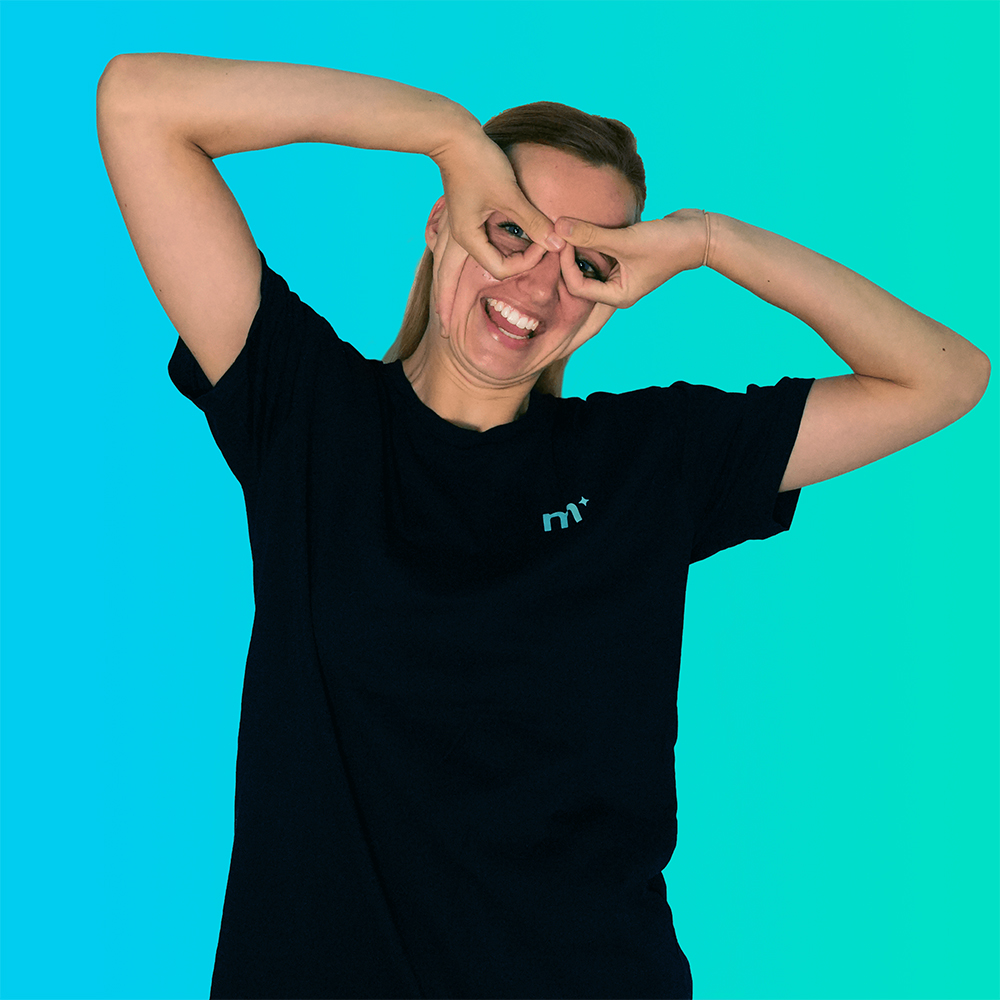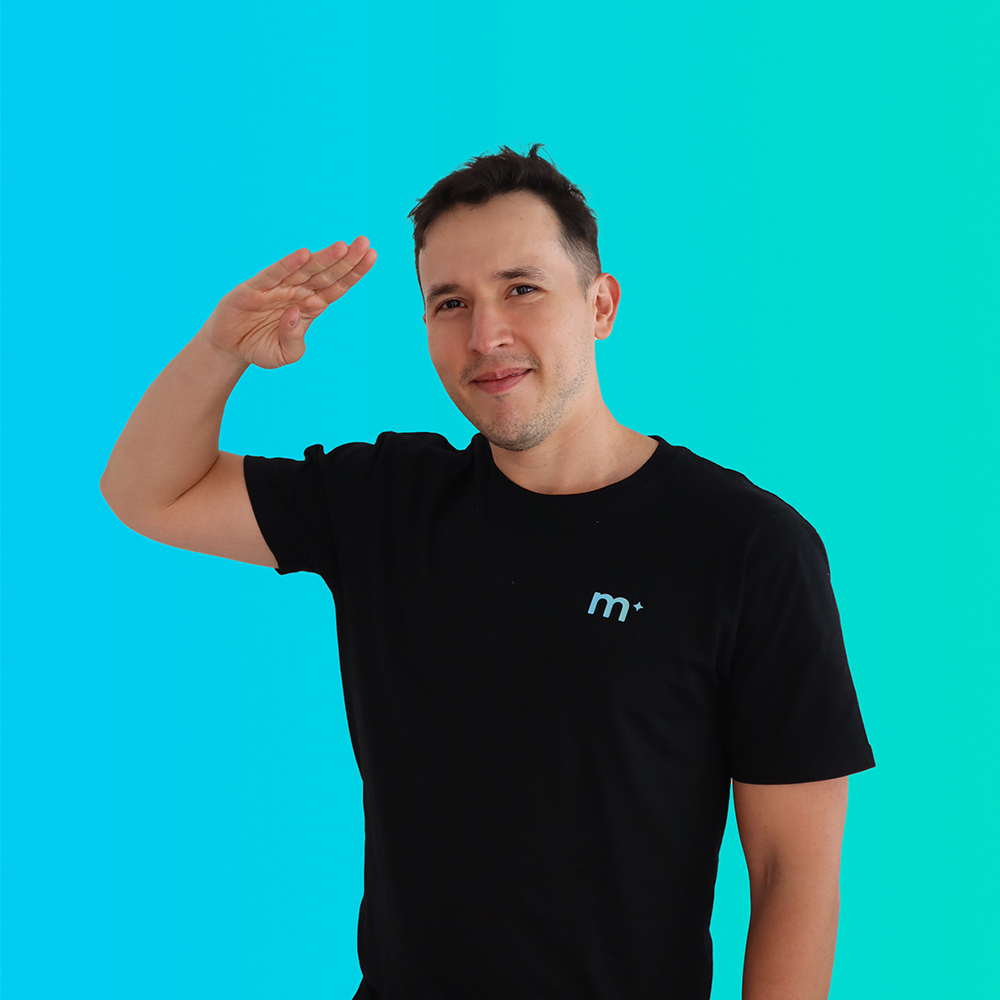This guide provides a brief summary of essential steps to help you successfully apply for small business grants in Australia. The guide offers some tips to maximise your chances of being approved.
Introduction – The Grant Assessor Criteria
A shortened version of the essential steps to successfully win a government grant. This will give you the best chance of getting approved.
First, I want you to remember that receiving a grant approval all comes down to the person reviewing your grant.
They don’t have much time to review all applications, so remember to make your application easy to read and consistent. Also, ensure you tick all of the grant’s requirements.
Here are some notes we took from a presentation a grant assessor gave in a recent seminar –
1. Everything starts with the review of your application against the eligibility criteria. So, MAKE SURE you meet the criteria and provide all the supporting documents to demonstrate your eligibility.
2. We consider your application based on the following:
- How well it meets the grant’s criteria which is usually made available.
- if the grant is competitive, how do you rank against other applicants.
- Whether your business provides value for money (how much positive impact your business has on the Australian economy/society, in line with the goals of the grant).
3. Assessing whether the application represents value against the:
- The overall objectives of the grant opportunity. if you understand what the government is trying to achieve (whether it’s for economic stimulation or social impact), it will be easier to build your case.
- The evidence provided to demonstrate how your project contributes to meeting those objectives (Businesses that show more seriousness and data-driven results will get preference).
Preparation for Your Grant Application
Government business grants will provide you with all the information you need to submit your grant application. However, you must make sure you cover the following three steps to ensure you are eligible and prepared for applying.
1. Be aware of the submission dates and plan ahead, so you don’t miss out on submitting your application.
2. Ensure you always double-check the grant’s eligibility criteria. Do not attempt to apply if you don’t meet the criteria.
3. Read all the grant’s requirements documentation, terms and conditions, grant key dates, and the supporting documents you require to submit.
Small Business Grants Proof of Eligibility and Suitability
Ensuring your application is eligible and suitable for the grant you want to apply for is crucial. The easier you make it for the assessor to tick those two boxes, the better.
1. You must prove that your business meets the grant’s eligibility criteria. This is the first step in the assessment process.
Make sure this part of your submission is easy to follow with clear name references to supporting documents you attach. Your assessor will not appreciate it if you make it difficult to check your documents.
2. Make sure you clearly demonstrate how your project (where the grant money will be spent) aligns with what the grant program is trying to achieve.
3. Typically grants are designed to stimulate the economy, so make sure you discuss how this grant will contribute to either -
- Creating jobs in Australia
- Your business growth and potential
- Supporting other businesses in your area
- Positive social impact
How to Write A Grant Application
Here are the most important guidelines for writing your grant application:
1. Present a concise, easy-to-read application so the assessor can easily tick the requirements (avoid conversational language or jargon). Keep answers short because more words don’t mean better results.
2. Use simple language in your submission – remember that your assessor may not be familiar with your industry.
3. Gather all relevant documents to present your case clearly. Providing a list of your submitted documents with suitable file names could help the assessor in the review process.
4. Apply consistent formatting, including:
- Headings and sub-headings to help the assessor quickly review the content and key points.
- Bullet points or list items (e.g., project outcomes and benefits).
- Consistent font style and size, line spacing, margins, page numbers, and headers and footers.
- Include keywords in your opening sentences from the guidelines and assessment criteria where appropriate. This will help the assessor figure out what you are trying to communicate in each section.
- Be honest and truthful. Any of your answers may be audited, which could result in serious consequences if the information supplied is misleading.
- Avoid using vague, speculative or emotive words (e.g. maybe, believe, hope, expect, may, could, might).
- Do not copy past your answers. Write unique answers to all questions – although some questions may sound similar, the assessor will be seeking new information (check the guidelines for clarification).
5. Be bold and positive in stating what your project will achieve if your application is successful – the assessor will look for realistic outcomes and how this grant will impact your business.
6. Demonstrate your project’s likelihood of success, acknowledge the risks to achieving its aims and how these will be managed. Your application will build trust with the assessor if you can –
- Outline the project’s risks and uncertainties and how you will overcome them.
- Provide a risk assessment to display your understanding of the project’s likelihood of success and summaries.
- Provide project budget details, including your contribution and other relevant financial considerations.
7. Guide your reader through your application by –
- Having a table of content.
- Having a logical structure to your application.
- Include references to documents in your application – e.g. Please refer to PDF – Profit and Loss Statement 2022 for full financial details.
- Assuming anyone could be reading your application (not experts in your field) – provide background and introduce concepts at the start.
- Include a glossary at the end of your application if you are using acronyms that may be unique to your industry.
Building Your Case For a Small Business Grant
It is time to consider how the grant will assist your business and create a positive impact on your business’s performance.
To give yourself the best chance of presenting a convincing application, you should discuss the following:
1. Your business and its main activities.
2. What will the grant be spent on, and how it aligns with the objectives of the grant program (what’s in it for the Australian economy or community).
3. What activities and outputs will the grant money assist with, and how will it benefit the business?
4. How will you successfully bring the project to completion and overcome challenges?
5. Why your project needs funding and why it represents value for money.
6. How will your project likely stand out from other applicants?
7. Why is your project beneficial in comparison to your competitors (the government is responsible for seeing that public funds are used by productive and profitable businesses that will achieve successful outcomes, why are you different?).
Organising Your Business Grant Funding Documents
In your application, you must clearly demonstrate how the grant money will be spent. This is where a lot of applicants fail so the more detailed and trustworthy you come across the better you will rank against competitors.
1. Check that your project dates align with the funding period indicated in your application.
2. Always check your funding request is within the minimum and maximum limits of the grant.
3. Include all relevant costs in your application and supporting documents of those costs, factoring in administrative overheads (do not include GST).
4. Your invoices and quotes that you provide as supporting documents should include the following -
- Quotes should be dated within the eligible grant’s time period.
- Are quotes legible and include the business’s name, ABN, GST details, date and contact details.
- Quotes to include a description of activities that are eligible for costs under the grant guidelines.
5. Outline all relevant services to be provided, including itemised costs.
6. Specify personnel providing services, their number of hours and hourly rate.
7. Explain how the requested funding amount was calculated, as this is especially useful if the requested amount differs from the amounts included in the invoices/quotes supplied.
8. Detail what you are purchasing if you plan to submit a catalogue of services from a supplier.
9. Explain how multiple service provider quotes for your project all piece together to achieve the project outcomes.
10. Check that your organisation has the financial capacity to carry any costs before funding is able to be paid to you.
11. Review your budget to make sure it’s accurate and adds up.
12. Be ready to provide evidence about what approved items you have spent the grant money on as part of the acquittal process.


























































